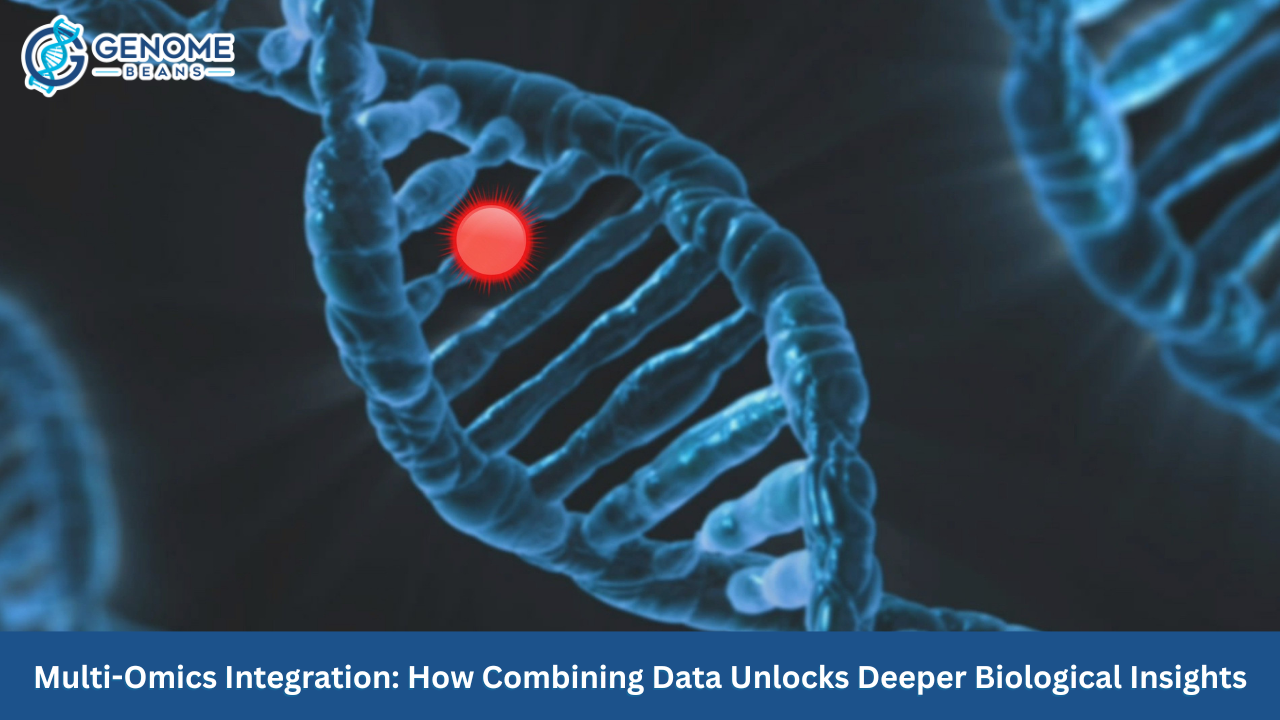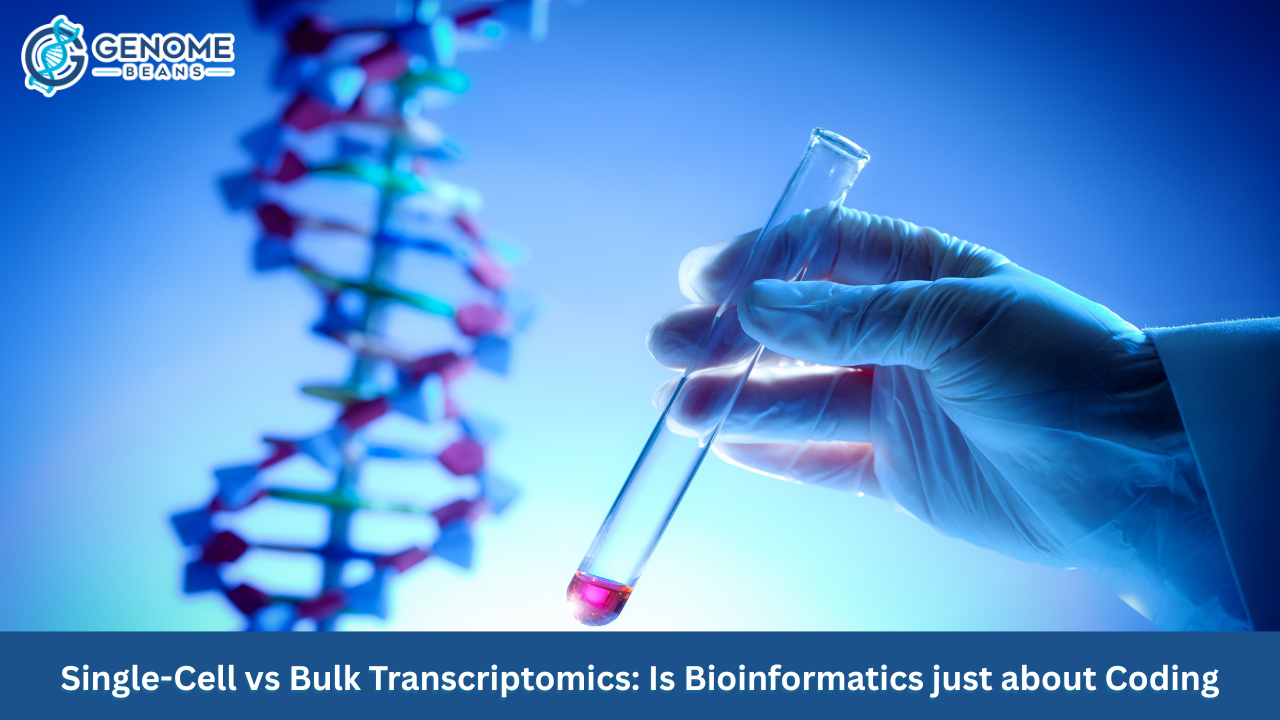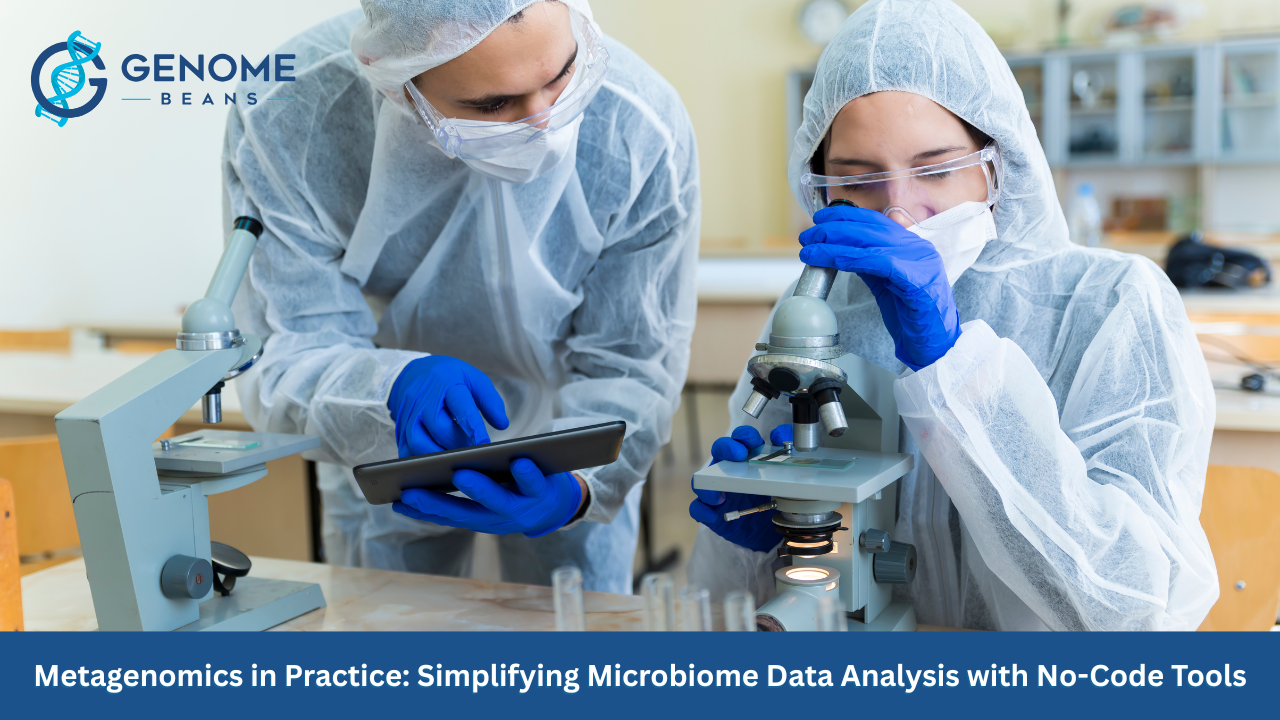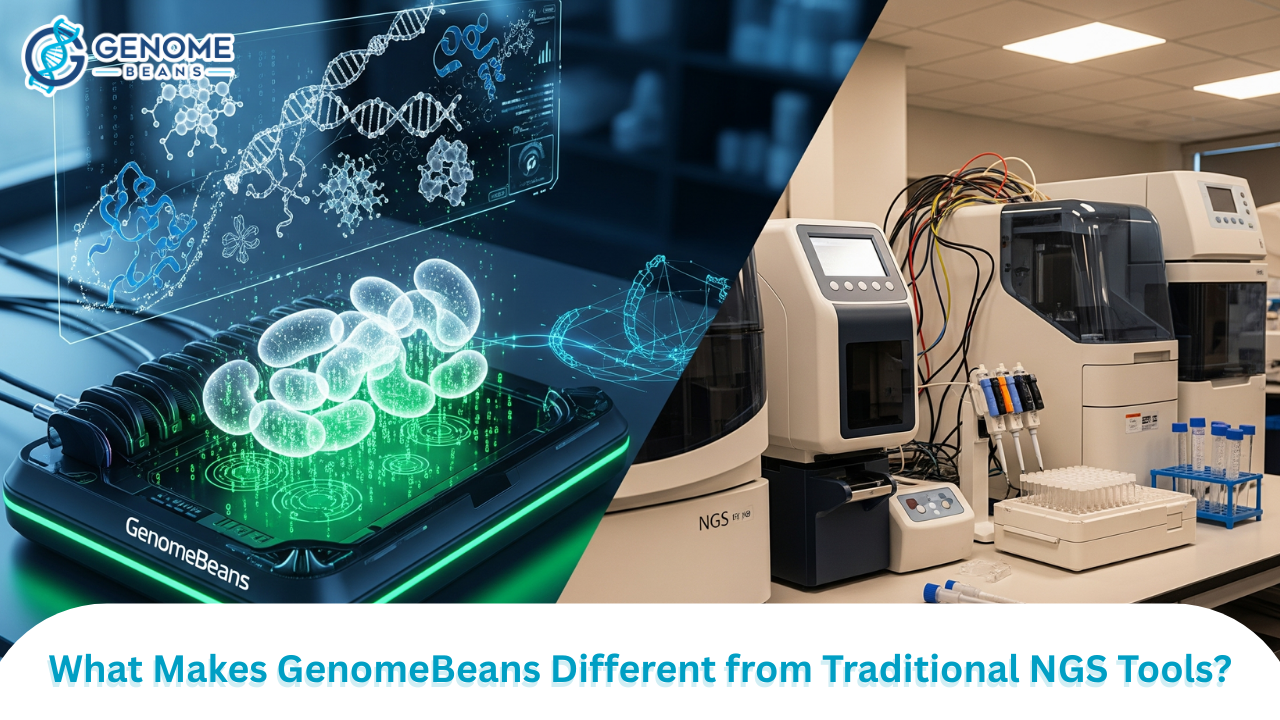Why the Future of Genomics Lies in No-Code Platforms
Key Takeaways
- Genomic sequencing is easier, but data analysis remains complex.
- No-code tools remove the need for programming in routine workflows.
- They save time, reduce errors, and support collaborative research.
- Useful in clinical, educational, agricultural, and environmental studies.
- Not a replacement for experts, but a complement to advanced coding.

While sequencing costs have dropped, analyzing genomic data is still demanding. Traditional methods require coding, command-line skills, and complex pipelines. No-code platforms reduce these hurdles, enabling users to upload data, choose workflows, and interpret results without programming.
What Are No-Code Genomics Tools?
These platforms use graphical features like buttons and drag-and-drop instead of scripts. They streamline processes, reduce errors, and save time, while still running the same algorithms in the background.
Why Now?
The growth of genomic data, limited availability of skilled bioinformaticians, cloud computing, and the need for cross-disciplinary tools are all driving the adoption of no-code solutions.
Use Cases
No-code tools are already making an impact in:
- Clinical genomics – analyzing patient data
- Education – providing hands-on classroom learning
- Agriculture – studying crop traits
- Environmental research – exploring microbial diversity
Limitations and Future Outlook
Although powerful, no-code platforms cannot fully replace advanced coding for specialized tasks. Transparency and flexibility remain key challenges. Their strength lies in handling routine analyses, freeing researchers to focus on deeper insights.
Conclusion
The rise of no-code genomics represents an important shift toward accessibility. By lowering technical barriers, these platforms allow researchers, clinicians, and educators to focus more on discovery than infrastructure. Traditional coding tools remain essential for complex cases, but no-code approaches are paving the way for a faster, more inclusive future in genomics.







